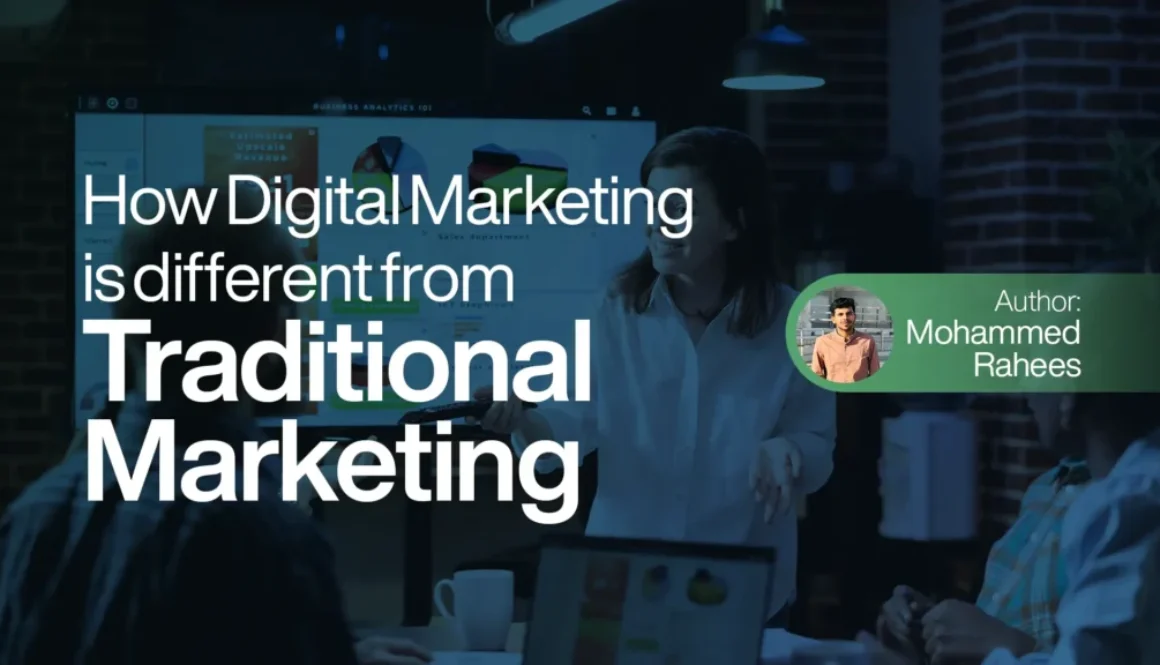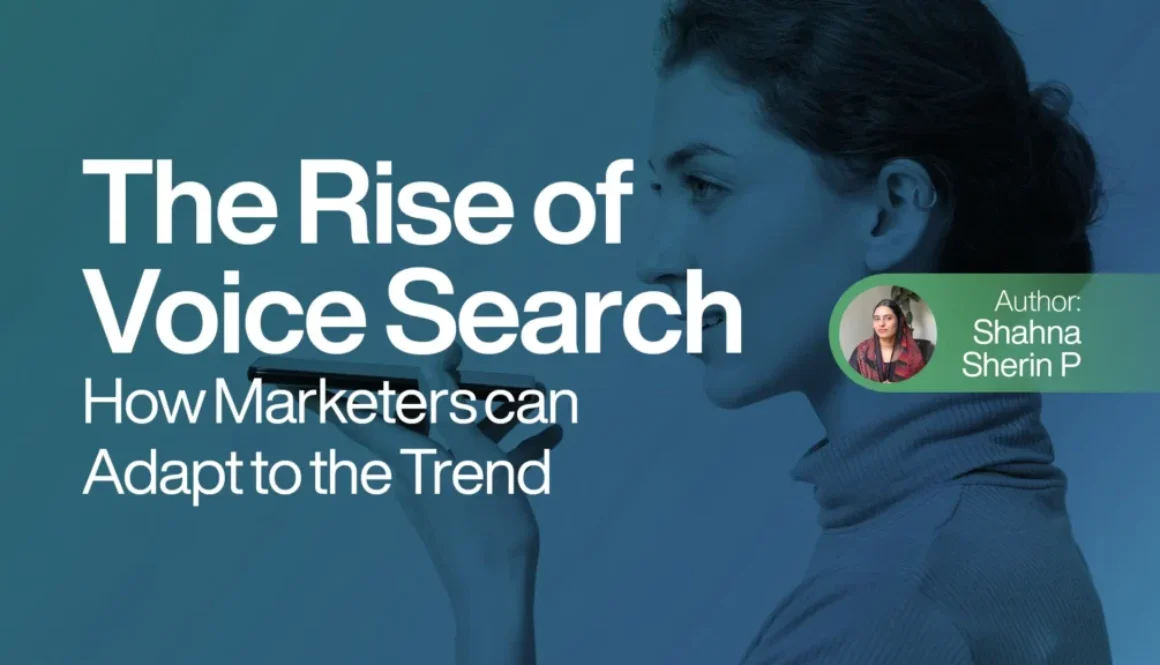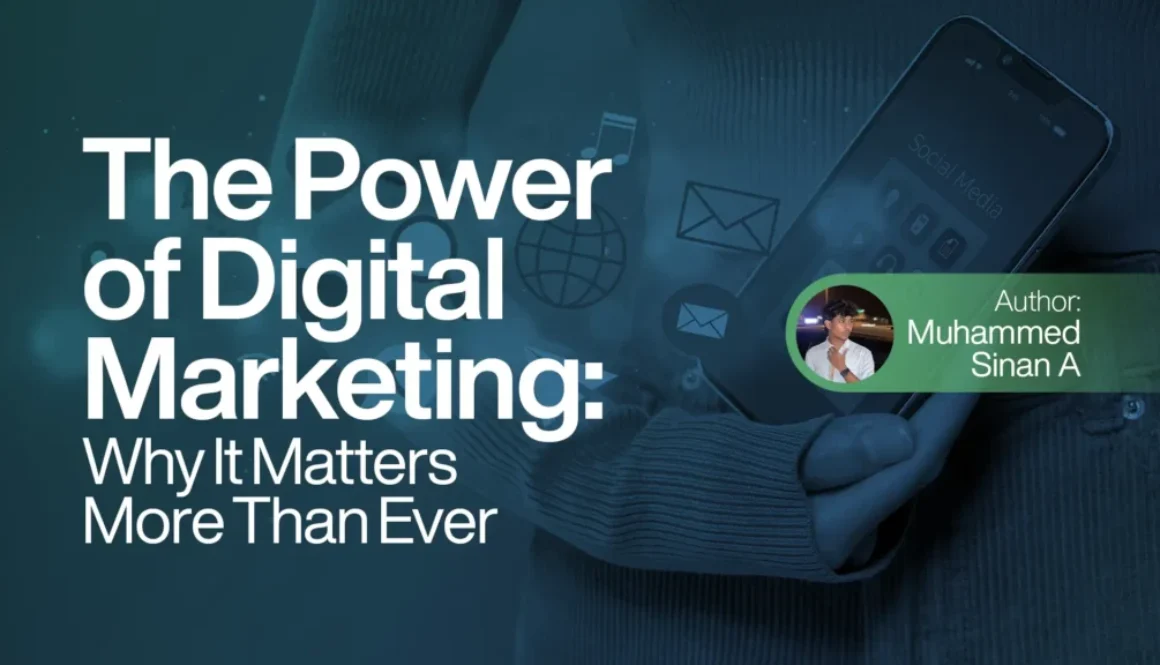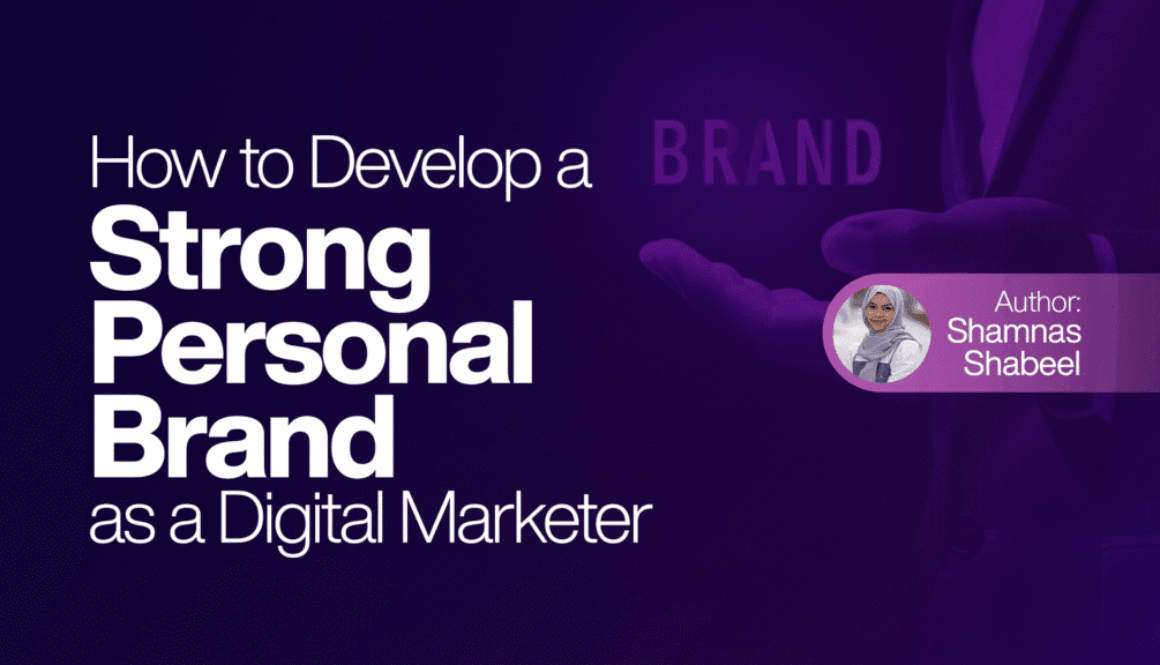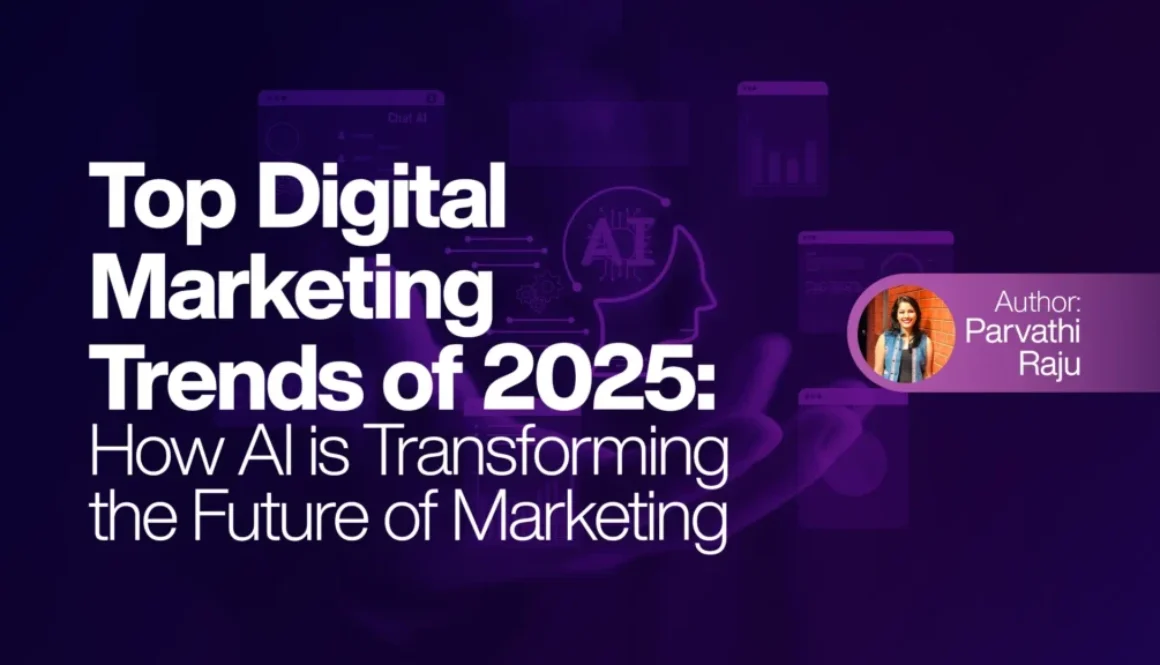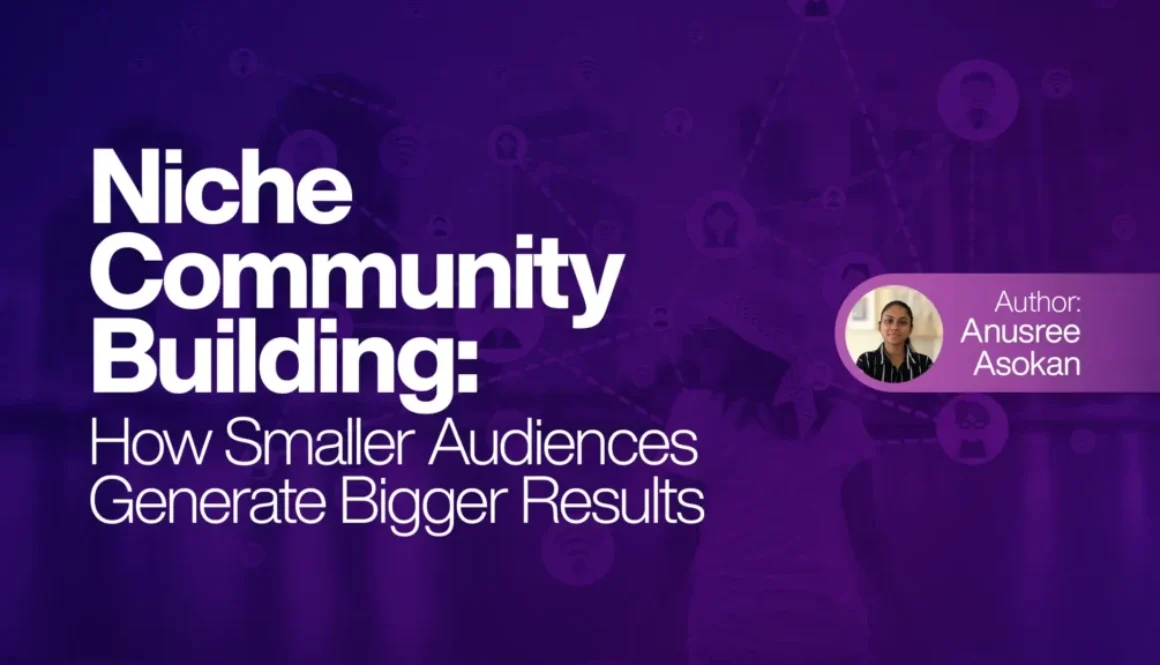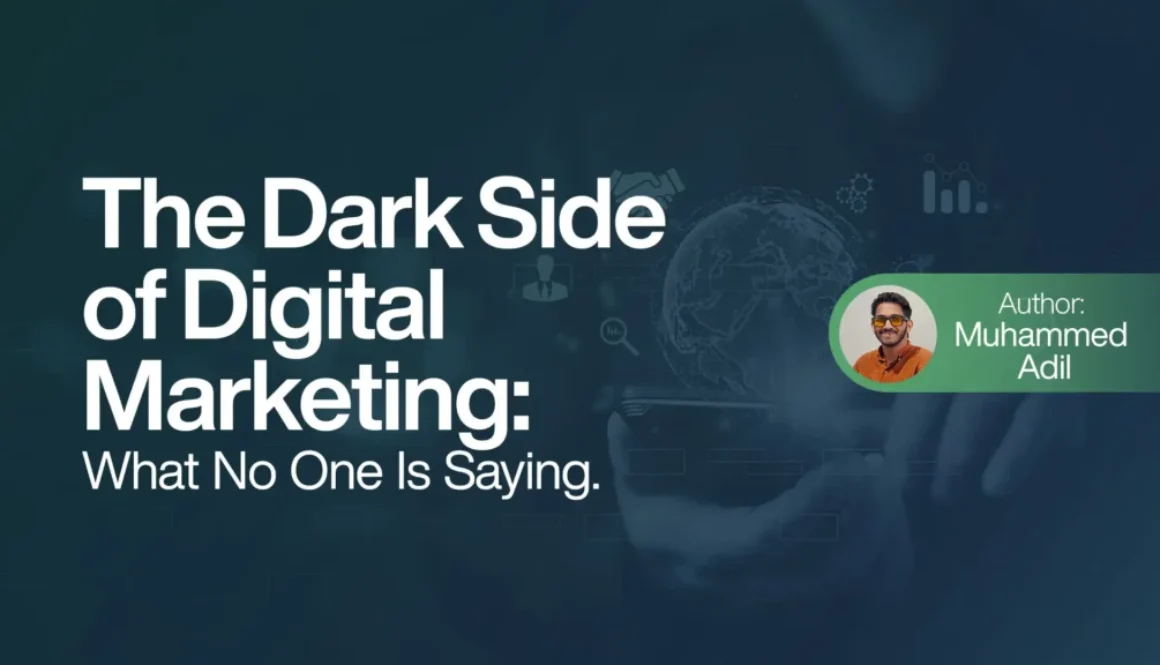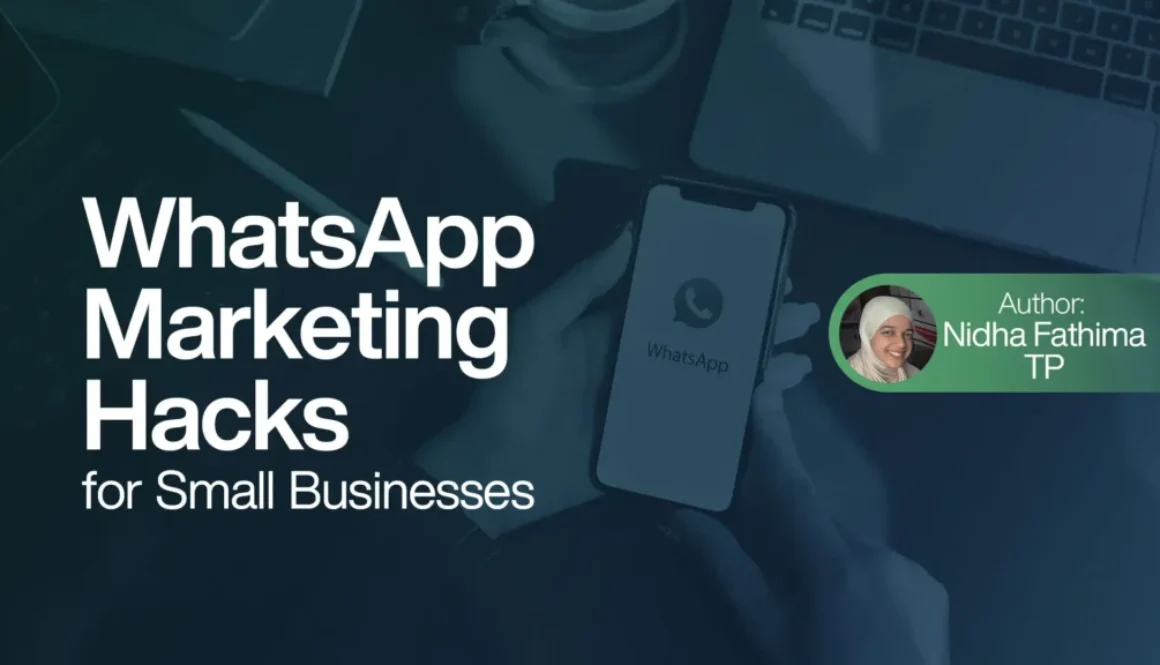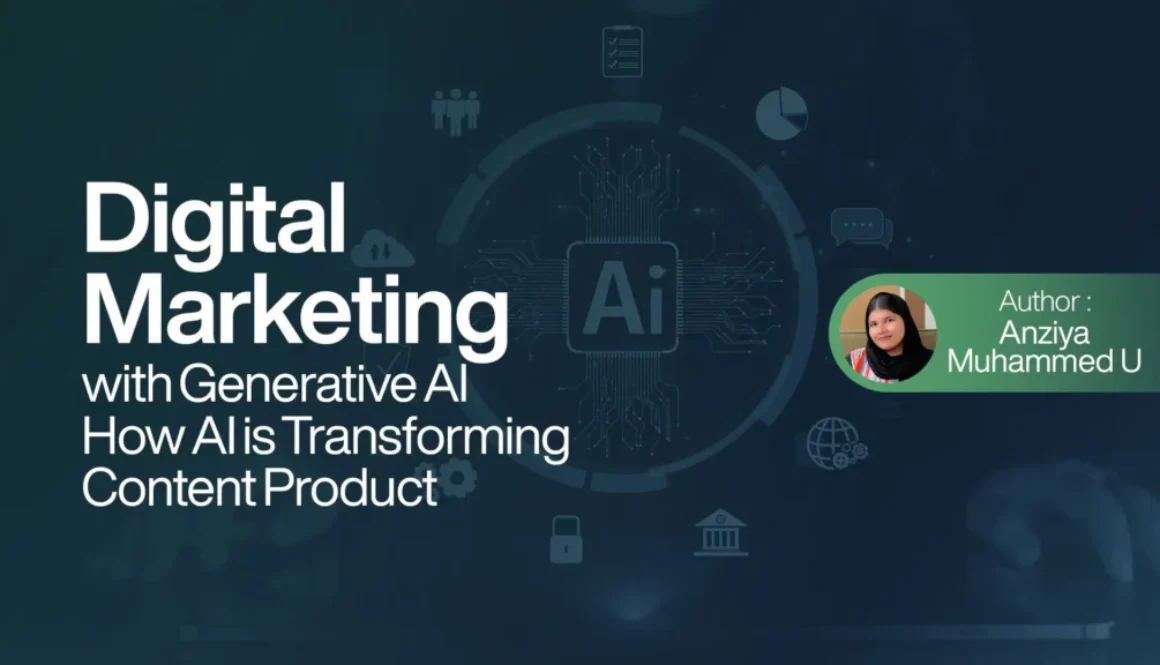How Digital Marketing is Different from Traditional Marketing – A UAE Perspective
Marketing in the UAE is evolving at a speed we’ve never seen before. Over the past decade, the way brands connect with their audience has shifted dramatically. The glossy magazine ads, radio jingles, and billboards along Sheikh Zayed Road are still there, but they now share space — and attention — with Instagram Reels, Google ads, influencer collaborations, and targeted WhatsApp campaigns.
Table of Content
Understanding how digital marketing differs from traditional marketing isn’t just a theoretical exercise; it’s crucial for any brand aiming to thrive in the Emirates’ competitive landscape. Let’s break it down.
1. Reach: Global vs. Local, Targeted vs. Mass
Traditional marketing — think newspapers, radio, TV, billboards — has always had the power to reach large audiences. In the UAE, a prime-time ad slot on Dubai One or a billboard in Downtown can be seen by thousands in a single day. But here’s the catch: you’re speaking to everyone. That’s great for brand awareness but not always efficient for conversion.
Digital marketing flips the script. Platforms like Google Ads, Meta Ads, and LinkedIn allow you to target by location, age, language, interests, and even device.
Example: A restaurant in Jumeirah can run ads that appear only to people within 5 km, during dinner hours, and in both English and Arabic. No wasted impressions — just precision targeting.
Data Point: According to Statista (2025), the UAE’s internet penetration rate is 99%, meaning nearly the entire population is online daily. This makes targeted digital reach a cost-effective alternative to blanket advertising.
2. Measurability and Analytics
Here’s where digital marketing leaves traditional in the dust. With a billboard, you can estimate impressions based on traffic counts, but you’ll never know exactly how many people saw it and took action.
Digital campaigns provide live dashboards: impressions, click-through rates, conversion percentages, even which keyword triggered a sale. This data-driven approach means you can adjust campaigns mid-flight.
For example, if an Instagram ad is underperforming in Abu Dhabi but excelling in Sharjah, you can shift budget instantly. That’s impossible with a printed flyer or a week-long radio slot.
3. Engagement and Two-Way Communication
Traditional marketing is mostly one-way — you speak, the audience listens. A TV commercial can make an impression, but the conversation ends there.
Digital marketing thrives on interaction. Audiences can comment, share, ask questions, and even buy directly from the same post. Brands in the UAE are leveraging this in real time — whether it’s a coffee shop responding to Google reviews or a real estate agency answering WhatsApp inquiries within minutes.
Example from the UAE: Emirates Airlines’ social media presence is a masterclass in engagement — their posts regularly spark thousands of interactions, turning customers into brand advocates.
4. Speed and Agility
Launching a traditional campaign can take weeks — designing, printing, securing media slots. In contrast, a digital campaign can go live in a matter of hours.
This agility is critical in a fast-moving market like Dubai, where events, trends, and consumer moods change quickly. A flash sale, a seasonal offer, or even a trending meme can be leveraged almost instantly through digital channels.
5. Content Variety and Creativity
Traditional marketing formats are fixed: a 30-second TV spot, a half-page newspaper ad, a static billboard.
Digital marketing opens up endless possibilities:
- Short-form videos (TikTok, Instagram Reels)
- Interactive polls and quizzes
- Augmented reality filters
- Email sequences with personalised content
- Search engine-optimised blogs
The ability to mix media formats allows brands to keep content fresh and relevant, appealing to different segments of the UAE’s diverse population.
6. Cultural Adaptability
The UAE’s population is a unique mix — over 200 nationalities, multiple languages, and a blend of traditions and modernity. Digital marketing makes it easier to customize campaigns for different segments.
For example:
- Arabic creatives for local Emirati audiences
- English and Hindi versions for expats
- Adjusted messaging for Ramadan, UAE National Day, or Dubai Shopping Festival
Traditional marketing can adapt too, but the speed and cost of creating multiple digital variations make it far more efficient.
7. Long-Term Impact vs. Instant Results
Traditional marketing often builds long-term brand recognition — think of Coca-Cola billboards or Etisalat TV ads. Digital marketing can deliver instant results — leads, sales, bookings — while also building brand presence over time.
The most effective strategies in the UAE combine both:
- A strong billboard presence for brand trust
- Retargeting ads online to convert interest into action
Final Thoughts: It’s Not About Choosing One
In the UAE’s dynamic market, digital marketing isn’t replacing traditional — it’s complementing it. A luxury brand may still want a billboard on Sheikh Zayed Road for prestige, but it will also run targeted Instagram ads to reach high-net-worth expats browsing from their smartphones.
The difference lies in control. Digital gives you precision, flexibility, and data — tools that make your budget work harder. Traditional still gives you mass reach and brand authority. The smartest brands in Dubai, Abu Dhabi, and Sharjah are blending both, not choosing between them.
If you’re a business owner here, start by asking:
- Where does my audience spend their time?
- How can I connect on both a wide and personal level?
- Am I tracking results closely enough to adjust when needed?
In the end, marketing in the UAE is about being where your audience is, speaking their language, and delivering value — whether that’s through a beautifully designed billboard or a perfectly timed Instagram ad.
